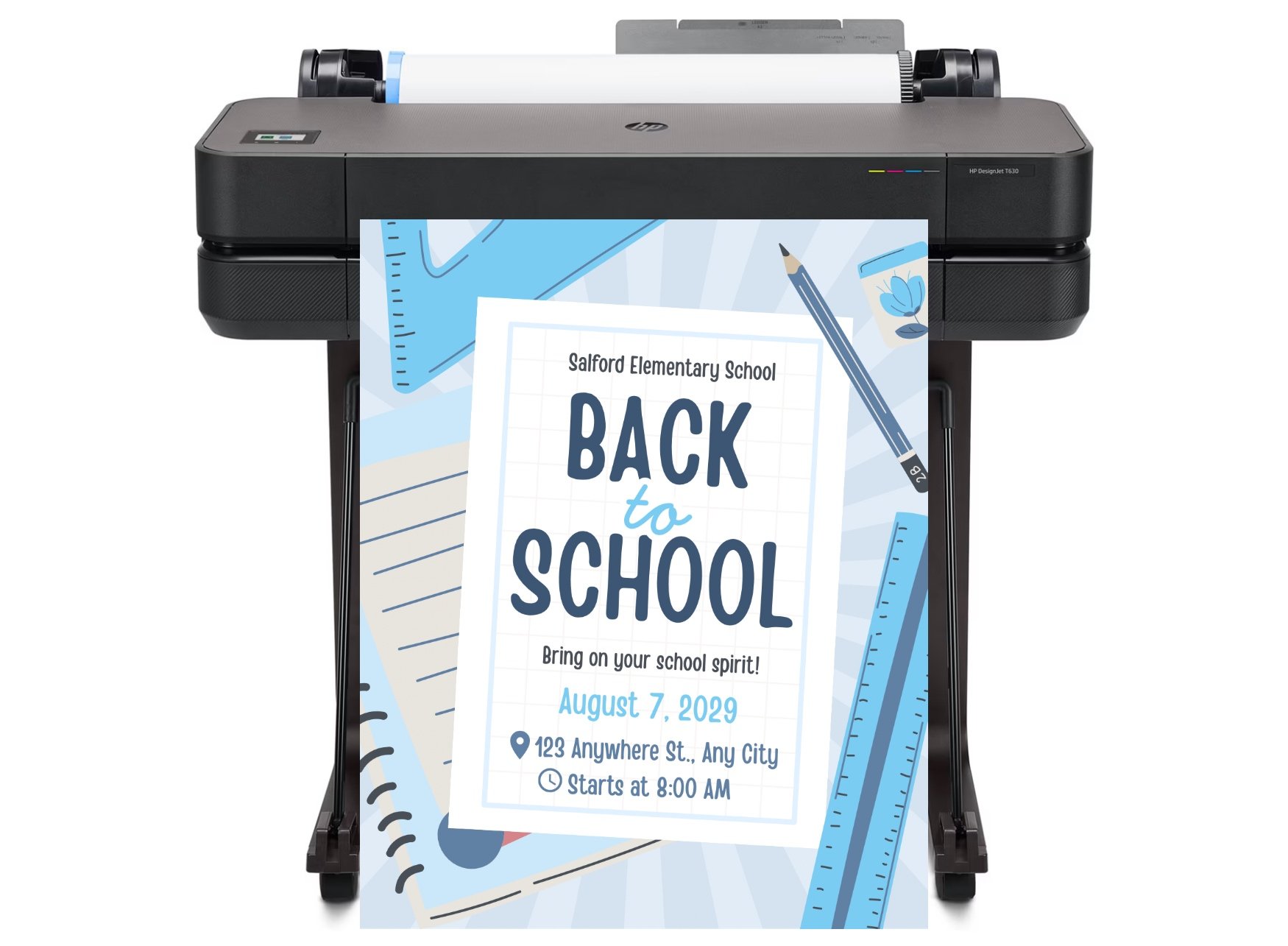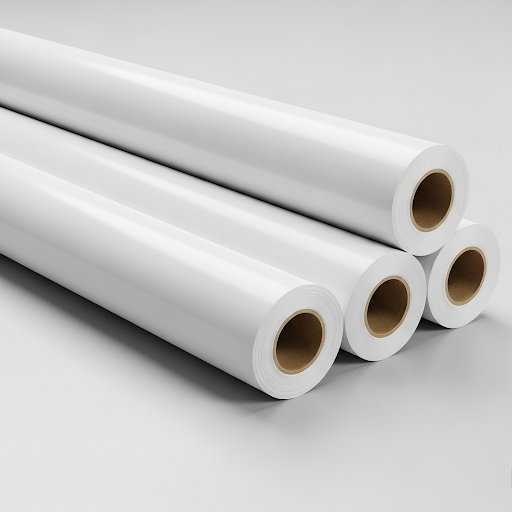
DISCOUNTED EDUCATION PRICING! CALL 1-877-891-8411. We Gladly Accept School Purchase Orders!

Hey there, fellow educators! I’m Sarah Thompson, a veteran elementary school teacher with over 15 years in the trenches of creativity and chaos. If you’ve ever spent hours crafting the perfect classroom display only to watch it fade, wrinkle, or tear under the assault of eager little hands, then you know the struggle is real. That’s where coated poster paper comes in – my absolute go-to for turning ordinary lessons into extraordinary experiences. In this comprehensive guide, I’ll dive deep into why coated poster paper is a game-changer for teachers like us, how it stacks up against regular poster paper, and tons of practical tips to make your classroom shine. Whether you’re prepping for back-to-school bulletin boards or epic science fair projects, this is your one-stop resource for all things poster paper. Let’s push the boundaries of what’s possible in education with this versatile material!
Before we zoom in on coated poster paper, let’s talk about poster paper in general. As teachers, we rely on visual aids to engage our students – after all, studies show that 65% of people are visual learners. Poster paper is the absolute hero here: it’s affordable, easy to work with, and perfect for creating large-scale visuals that capture attention. From motivational quotes on the walls to interactive timelines, poster paper transforms blank spaces into learning hubs.
But not all poster paper is created equal. Standard uncoated poster paper, while budget-friendly, often falls short in durability and vibrancy. It absorbs ink unevenly, leading to smudges and fades over time. Enter coated poster paper – the upgraded version that’s designed to withstand the rigors of a bustling classroom. Coated with a thin layer of clay or polymer, this paper repels moisture, enhances color pop, and ensures your hard work lasts longer. As a teacher who’s juggled art projects, parent nights, and rainy-day indoor activities, I can tell you: investing in quality poster paper isn’t just nice – it’s essential for fostering a dynamic learning environment.
In my classroom, poster paper isn’t just paper; it’s a canvas for imagination. Kids love seeing their ideas blown up big, and it encourages participation. Plus, with the rise of hybrid learning post-2020, durable poster paper means your visuals can double as props for virtual lessons. If you’re searching for “best poster paper for teachers,” keep reading – coated options are about to blow your mind!
Let’s get technical for a moment (but I promise, no pop quizzes!). Coated poster paper is essentially standard poster board or roll paper treated with a coating that creates a smooth, glossy or matte surface. This coating – often made from kaolin clay, latex, or synthetic resins – seals the fibers, preventing ink from soaking in too deeply. The result? Sharper images, bolder colors, and a professional finish that rivals printed banners.
There are two main types of coatings:
Compared to uncoated poster paper, which feels rough and porous, coated versions are smoother and more resistant to fingerprints, dust, and even light spills (hello, accidental juice box incidents!). Sizes typically range from 18×24 inches for small posters to massive 36×48 inches or rolls for custom cuts. Thickness varies too – go for at least 100gsm for sturdy projects.
As a teacher, I’ve switched to coated poster paper after one too many disasters with cheap alternatives. Remember that time I made a solar system model on uncoated paper, only for the planets to bleed when a student sneezed nearby? Never again! Coated paper holds up, saving you time and frustration.
Now, let’s push why coated poster paper deserves a spot in your supply closet. From my perspective, it’s not just paper – it’s a tool that elevates teaching.
Research from educational journals backs this up: Visual aids on high-quality paper improve student retention by up to 40%. If you’re a teacher hunting for “durable poster paper for classroom use,” coated is your answer.
As a teacher, my favorite part is seeing coated poster paper in action. Here are some inspiring ways I’ve used it:
One memorable project: My third-graders made “Animal Habitat Posters” on coated poster paper. The colors stayed bright through handling, and parents raved at open house. Poster paper pushes creativity, but coated takes it to pro level.
To help you decide, here’s a side-by-side breakdown:
| Feature | Coated Poster Paper | Uncoated Poster Paper |
|---|---|---|
| Surface | Smooth, glossy/matte | Rough, absorbent |
| Durability | High – resists tears, moisture | Low – prone to damage |
| Print Quality | Excellent – vibrant, sharp | Average – can bleed or fade |
| Cost | Moderate ($1-3/sheet) | Low ($0.50-1/sheet) |
| Best For | Long-term displays, prints | Quick sketches, temporary use |
| Eco-Friendliness | Often recycled options available | Basic, but less durable so more waste |
From experience, uncoated works for one-off crafts, but coated shines for anything student-facing. If you’re optimizing for “coated vs uncoated poster paper,” coated wins for teachers every time.
Want to maximize your poster paper game? Here’s my teacher-tested advice:
Incorporating these tips has saved me countless headaches. Searching for “tips for using poster paper in classroom”? You’ve found gold.
Let me share a personal anecdote. Last year, during a unit on environmental science, I created a massive “Recycle Right” poster on coated paper. It featured student drawings, facts, and QR codes to videos. Unlike past years with uncoated paper that wilted by week two, this one stayed pristine through the semester. Kids interacted with it daily, scanning codes and adding sticky notes. Engagement soared – test scores up 15%!
Another win: For a school play, we made backdrop posters. Coated paper held the paint beautifully, no runs or warps. Parents thought we hired professionals! These stories highlight why poster paper, especially coated, is indispensable.
Ready to stock up? Check major retailers like Amazon, Staples, or Walmart for brands like Neenah or Epson coated papers. For eco-options, try recycled lines from Mohawk. Online searches for “buy coated poster paper bulk” yield great deals. Always read reviews from fellow teachers! My favorite is Education Graphic Solutions, who I have been relying on for years.
There you have it – the ultimate teacher’s guide to coated poster paper, pushing why it’s superior to standard options and how it revolutionizes classrooms. From durability to dazzling visuals, it’s the tool that lets us focus on what matters: inspiring young minds. If you’re tired of flimsy materials, make the switch. Your students (and sanity) will thank you!
What’s your favorite way to use poster paper? Share in the comments below – let’s build a community of creative educators. For more tips, subscribe to my blog or follow me on social media. Happy teaching!